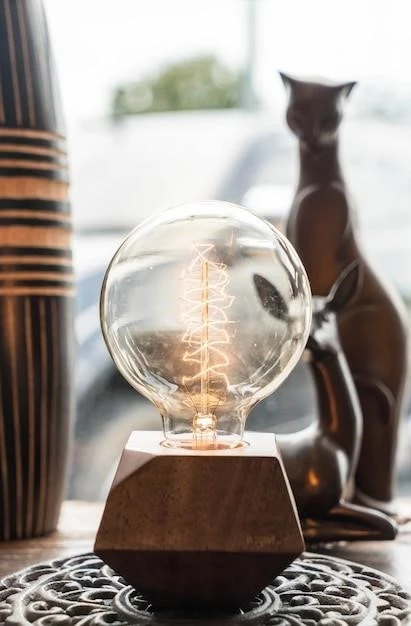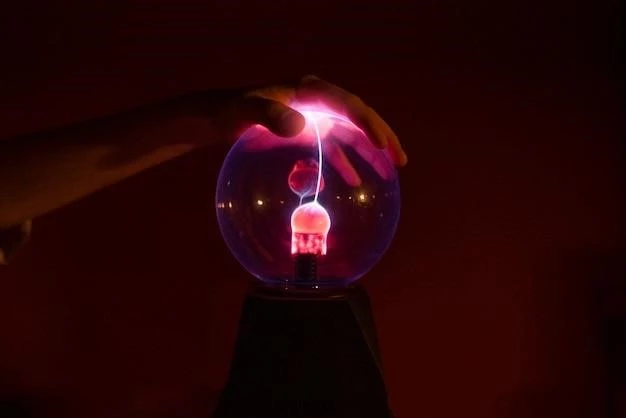The History of the Lightbulb: Illuminating the World
The lightbulb‚ a seemingly simple yet revolutionary invention‚ has profoundly impacted human civilization‚ illuminating our homes‚ streets‚ and industries. Its journey from a flickering spark to a ubiquitous source of light is a fascinating tale of scientific curiosity‚ technological advancements‚ and unwavering determination.
Early Attempts: The Spark of an Idea
The quest to harness artificial light dates back centuries. In the 18th century‚ scientists experimented with various methods to generate light. In 1802‚ Humphry Davy‚ a British chemist‚ demonstrated the first electric arc lamp‚ which produced a brilliant but short-lived light. While promising‚ the arc lamp was impractical for everyday use due to its high energy consumption and intense heat.

The Incandescent Dawn: Thomas Edison’s Breakthrough
The invention of the incandescent lightbulb is often attributed to Thomas Edison‚ though his contribution was more about commercialization and refinement than pure invention. In 1878‚ Edison began his research‚ focusing on creating a durable and affordable light source. He experimented with various materials for the filament‚ eventually settling on a carbonized bamboo filament.
On October 21‚ 1879‚ Edison achieved a significant milestone. His carbon filament bulb‚ enclosed in a vacuum to prevent oxidation‚ glowed for over 40 hours‚ setting a new record for longevity. This breakthrough paved the way for the mass production of incandescent bulbs‚ revolutionizing the way people lived and worked.
The Evolution of Incandescent Bulbs: From Carbon to Tungsten
Following Edison’s initial success‚ advancements in materials and manufacturing processes further improved the incandescent bulb. In the early 20th century‚ tungsten filaments replaced carbon‚ offering superior durability and efficiency. The introduction of the coiled filament further increased the bulb’s lifespan and brightness.
These refinements led to the development of various types of incandescent bulbs‚ each tailored for specific applications. From the standard household bulb to halogen lamps‚ which emitted a brighter and whiter light‚ incandescent technology continued to evolve throughout the 20th century.

The Rise of Alternatives: Fluorescent and LED Bulbs
Despite their widespread adoption‚ incandescent bulbs had limitations. They were energy-inefficient‚ generating significant heat and consuming large amounts of electricity; This led to the development of alternative lighting technologies‚ such as fluorescent and LED (Light Emitting Diode) bulbs.
Fluorescent bulbs‚ first introduced in the 1930s‚ utilized a gas discharge process to produce light. They were significantly more energy-efficient than incandescent bulbs‚ but they also contained mercury‚ raising environmental concerns.
LED technology emerged as a more sustainable and efficient alternative. LEDs‚ which emit light when electrons pass through a semiconductor material‚ offered significant advantages in terms of energy efficiency‚ longevity‚ and durability. LED bulbs have become increasingly popular‚ gradually replacing incandescent and fluorescent bulbs in homes and businesses.
The Future of Light: Innovation Continues
The development of the lightbulb has been a testament to human ingenuity and the pursuit of brighter and more efficient illumination. Today‚ research continues to explore new lighting technologies‚ such as organic light-emitting diodes (OLEDs) and laser-based lighting‚ promising further advancements in efficiency‚ sustainability‚ and functionality.
From the flickering flames of ancient times to the dazzling brilliance of modern LEDs‚ the story of the lightbulb is a testament to the power of scientific inquiry and the enduring desire to illuminate our world.










